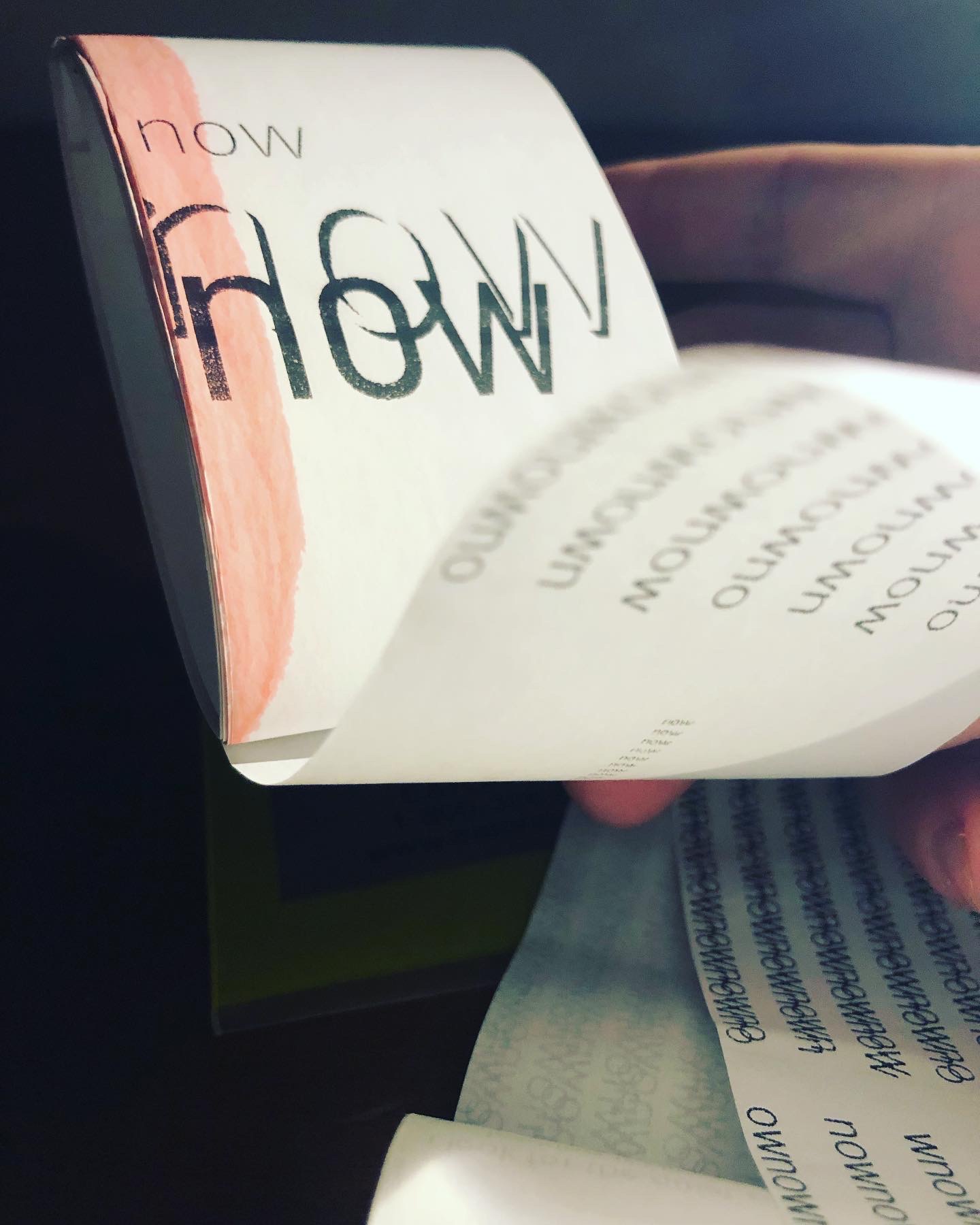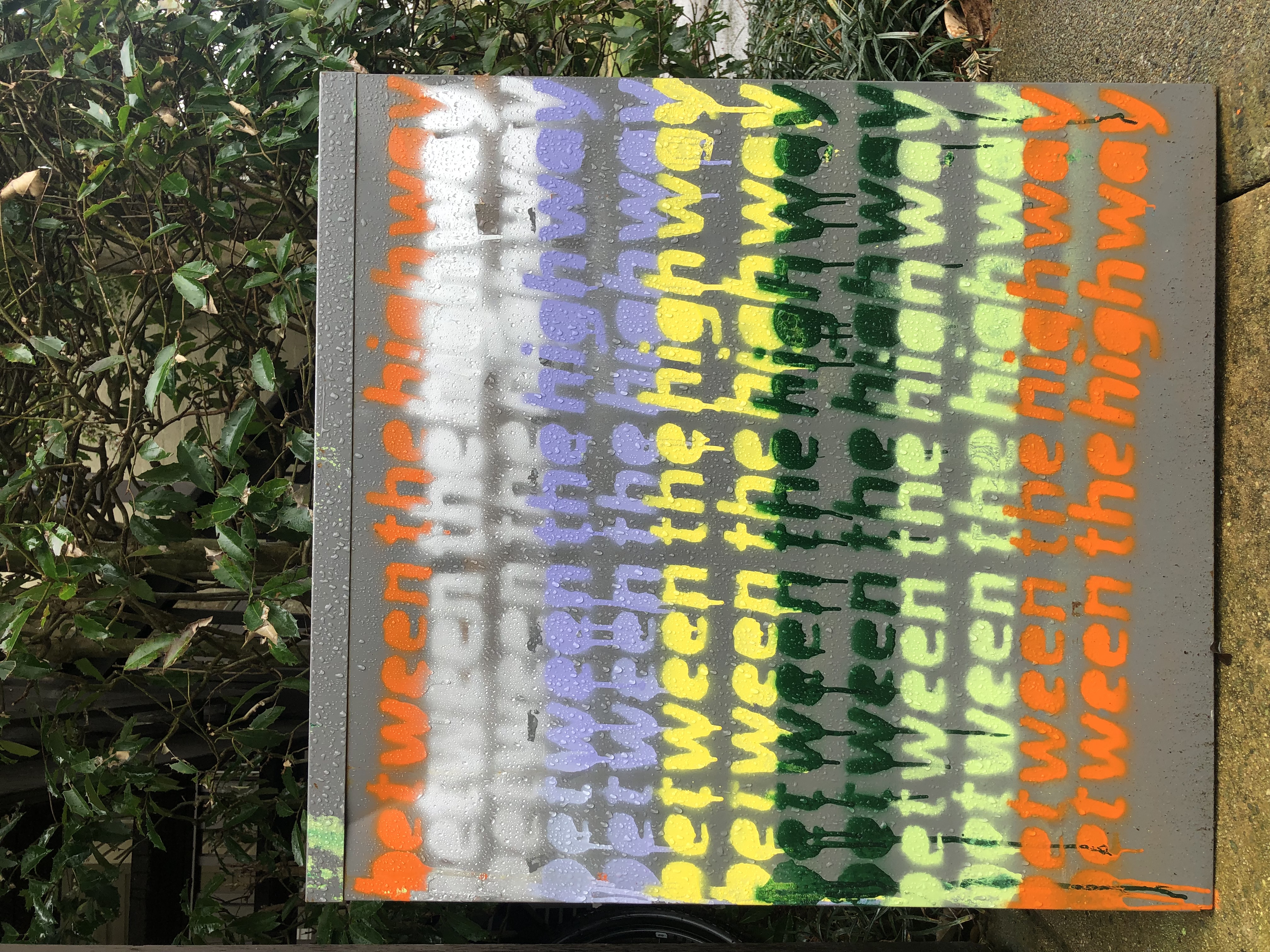Tommy Noell’s Return from Falcon Prison: Death Row along an Invisible Street
To have execution grounds
in a place where travelers come and go
is useless.
- Hagakure
Does the government have the legal and moral right to take a man’s life? In EBONY’s April 1975 edition, Jesse Fowler and his lawyers question the legality of the Death Penalty in the Supreme Court of North Carolina. Here, Fowler’s capital punishment was upheld as a fair trial free from predudicial error in conjunction with State v. Waddell, 282 N.C. 431 (1973), which cemented the Death Penalty as the sole punishment for murder in the first degree (Supreme Court of NC). Although Fowler’s case did not upend North Carolina’s Death Penalty, this decision moved through nine assignments of error against the court and jury (all white) — many that would become successful in later cases such as condemning the Death Penalty as cruel and unusual punishment (Supreme Court of NC). While Fowler’s case did not upend North Carolina’s Death Penalty, this decision led to persistent action against the legality of North Carolina’s Death Row with cases such as Gregg v. Georgia, 428 U.S. 153 (1976), Coker v. Georgia, 433 U.S. 584 (1977), the Racial Justice Act, North Carolina Medical Board’s punishment of physicians for aiding executions, and challenges to methods of execution through the Eighth Amendment. Additionally, although Fowler’s case was chosen by public defenders to be taken to the Supreme Court of North Carolina because of Fowler’s declaration of self-defense and potential prejudicial errors, they could just as easily have chosen Fowler’s cellmate: Tommy Noell.
I met Tommy Noell while walking to work at Han-Dee Hugo’s gas-station on highway 54 in Carrboro, North Carolina. At that time, I only knew him as a man who had just relearned to walk after falling out of a tree while cutting it down on the job (as he had done hundreds of times before). As I continued to meet with Tommy, he shared more and more about his experiences: playing and teaching his Grandkids, caring for his mother and late wife Barabara, and his various writing projects. Only a year after developing a friendship with Tommy did he start sharing his experience in North Carolina’s prisons.
Leaving Carrboro High School, being offered a football scholarship, and marrying his wife Barbara in 1973, Tommy was arrested, tried, incarcerated, and put on Death Row for alledgedly raping a white nurse’s aide. However, as both Tommy and his 1975 EBONY article illustrate, he was falsely convicted by an all white and all male jury. Although he was given the chance to take a sentence of 15 years in exchange for pleading guilty, Tommy retorted, “fifteen years of my life? I don’t call that a bargain. They call it plea-bargaining”. Similar to Fowler’s case, Tommy’s Death Row conviction was made possible by State v. Waddell, 282 N.C. 431 (1973), which made Death Row mandatory for convictions of murder, rape, arson, and burglary (Welty). And, before this ruling was struck down by Gregg v. Georgia, 428 U.S. 153 (1976), Tommy remained in Death Row purgatory with cellmate Fowler.
Early during his stay in Central Prison on Death Row, Tommy recalls confinement for 22 hours a day, harassment, and being stabbed by white gang members around the same time that his wife Barbara gave birth to their son. Speaking for himself and his fellow inmates, Tommy noted “we prepare ourselves mentally for the worst and hope for the best”. Remembering the constant threat of State Execution in the white and blue concrete gas chamber of Central Prison, Tommy illustrated in the same EBONY article that “until they march me over there, I’m still going to tell them they ain’t going to do it. When they sit me in the chair and strap me down, I’m still going to tell them they ain’t going to do it…those white folks are capable of doing anything”. Following Gregg v. Georgia, the decision of Coker v. Georgia allowed for Tommy’s eventual release as it prohibited the imposition of capital punishment for the rape of an adult woman (Welty).
Reflecting on my discussions with Tommy Noell, the legal requirement of Death Row for rape convictions before Coker v. Georgia, and the high proportion of African American inmates on Death Row in Central Prison at the time of Tommy’s sentence (41 of 67 in Tommy’s Cellblock alone), I understand Tommy’s case to be a part of a moral panic of black violence against white Americans (EBONY).
Further illustrating this panic, Dr. Kotch, in his Lethal State: A History of the Death Penalty in North Carolina, argues that this period seemed to be the peak of race-related violence as backlash to the civil rights movement’s successes. Considering Tommy’s case among others such as Marie Hill, an African American minor tried as an adult in a robbery murder where her admission to robbery was coerced and later recanted, Dr. Kotch describes capital punishment as the result of “the white frustration of an era when white men and women were being forced to relinquish some of their structural privilege”. Here, Kotch identifies the victims of these trials as not only scapegoats for “so-called urban violence” but also as a reaction to the increasing freedoms of people of color (voting, sitting on juries, and holding elected offices), which threaten white supremacy. In particular, I think Tommy’s case highlights the moral panic of black, sexual violence against white women, which may have been used to further justify capital sentencing for acts beyond murder: arson, burglary, and, as in Tommy’s case, rape.
In addition to this reactionary understanding of capital punishment, Dr. Kotch poses capital punishment as the “persistent avatar of white rage”, recognizing its continued presence in America as the failure of the State “to support children, parents, and families as they struggle with poverty, mental illness, or a lack of education compounded by state neglect or the outright hostility of state actors, particularly towards persons of color” (Kotch). Despite diffuse social changes such as the further acceptance of inter-racial marriage (Tommy illustrating his marriage with Barbara as one of the first examples of inter-racial marriage in Carrboro), the legal limbo of Tommy and Fowler’s stay on Death Row, and the swaying popularity of North Carolina’s Death Penalty, there continues to be many examples where those convicted with capital punishments may have their Death Sentence eliminated but still receive life imprisonment. While there hasn’t been any executions since 2006 in North Carolina due to the Racial Justice Act, use of the Eighth Amendment against execution methods, and the decision of the North Carolina Medical Board to punish physicians who aid executions, strategies to help Death Row inmates still often lead to imprisonment for life — a deferred, hidden, and silent method of state execution (Kotch).
Luckily, Tommy was able to escape this violence — instead facing the slow violence outside North Carolina’s Central Prison. Through various health concerns, taking care of his mother who suffers dementia, and enduring food and home insecurity, Tommy continues to write and wave, smiling across Smith Level Rd. Our excerpt, Return from Falcon Prison as I’ve provisionally titled it, is a speech from a manuscript that Tommy entrusted to me. To me, Tommy Noell’s manuscript, particularly his speech, is a call to action for the working class of the United States to vote and act in the interest of the united poor — rather than along partisan, or racial issues/lines. In his speech, through the imaginative vehicle of Timothy Norris, Tommy appeals to a stadium audience with Jesus Christ’s love, condemning hate as a learned emotion. In addition, Tommy condemns those in power, particularly politicians, as ‘Puppet Masters’ who compete to enact cruelty on not only poor Americans but also those of other nations in order to exploit them through legislation such as NAFTA, expanding prison systems, and continuing the Death Penalty. Beyond Tommy’s writing, you will find two poems I wrote to Tommy across our many conversations at the offramp of NC highway 54 on Smith Level Rd.
If you see Tommy at the exit ramp off highway 54 on Smith Level Road, wave and smile back! If you can’t, please share his story and call to action. Remembering Supreme Court Justice Harry A. Blackmun’s response to the continued development of the Death Penalty in the United States, how much longer will we “tinker with the machinery of death”?.
- alex benedict, your puddlethumb
NOTE:
The current receipt, Return from Falcon Prison, is unrevised. Tommy and I fell out of communication. I believe this is due to a family emergency, issues with housing, and his own health. While attempting to re-establish communication and receive Tommy’s final revisions, the current edition is available as an unrevised version - the underlined sections indicating where Tommy was going to expand his thoughts. Tommy’s introduction is not included as of yet. As Tommy said he entrusted his manuscript to me and in the interest of sharing his story, I decided to not delay publication. Naturally, any purchasers of Tommy’s Return from Falcon Prison will be updated and receive the revised version with his introduction when they are completed.
Citations
EBONY, April 1975.
Kotch, Seth. Lethal State: A History of the Death Penalty in North Carolina. North Carolina Scholarship Online, 2019.
Supreme Court of North Carolina. State v. Fowler. 203 S.E.2d 803, 1974. Justia.
Welty, Jeff. The Death Penalty in North Carolina: History and Overview. UNC School of Government, 2012.




